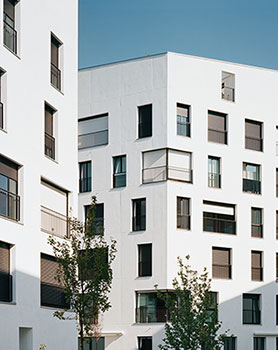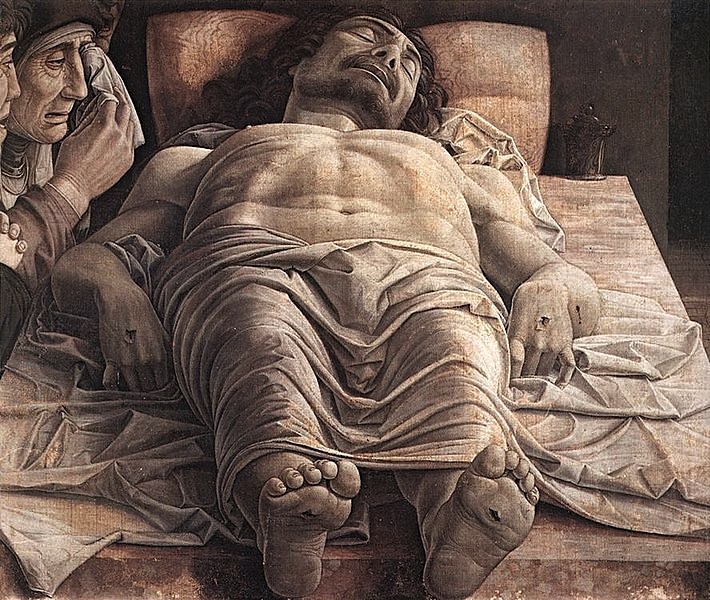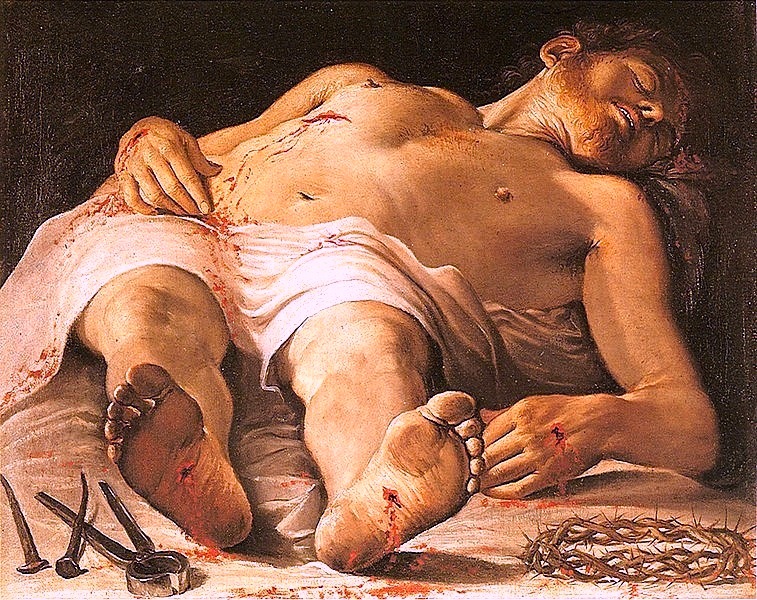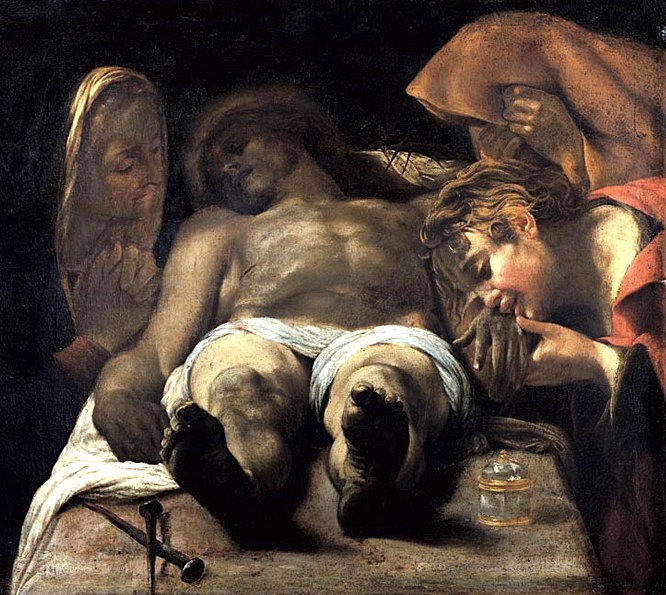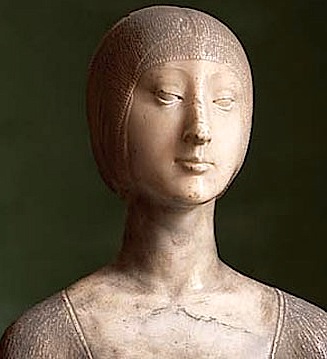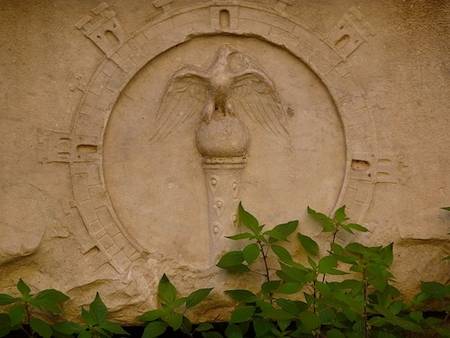If you happen to be in Rome in early spring, it is fun to follow some of the ‘Lenten Stations’. For each day of Lent, a particular church is assigned, and Mass is celebrated there. The tradition of the stational church dates back to the early years of Christianity, when on certain appointed days the community of the faithful would gather in a designated church to celebrate Mass together. Today the tradition is kept up during Lent. Sometimes, the pope himself officiates (to find out when, check the Vatican website and click on ‘Liturgical Celebrations’).
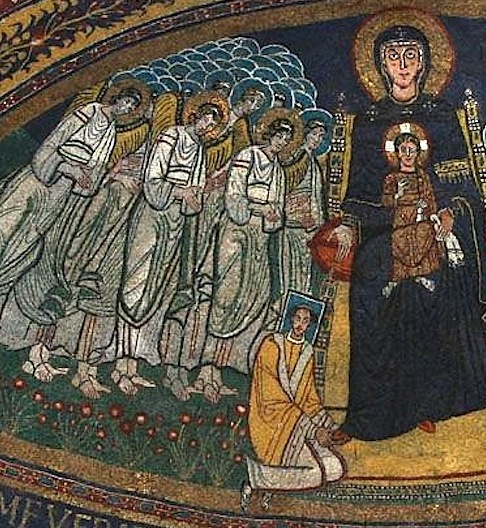
The church assigned for the second Sunday in Lent is Santa Maria in Domnica, an ancient church on the highest point of the Caelian Hill. It is also commonly known as Santa Maria della Navicella, after the ancient Roman stone boat (probably a votive offering from soldiers at the nearby Castra Peregrina, a barracks for non-Romans) that was placed here by Cardinal Giovanni de’ Medici, the future Pope Leo X, when he rebuilt the church in the 16th century. It still stands outside the church today, and now functions as a fountain.
Inside the church all eyes are turned to the lovely mosaics on the triumphal arch and apse, dating from the 9th-century restoration of Pope Paschal I. On the arch sits Christ in Judgement, robed in gold with the orb of the earth between his feet, holding a scroll and flanked by angels and the apostles dressed in purple-fringed togas. Paul is the first apostle on the left, Peter the first on the right, with Moses and Elijah below them. In the conch are the Virgin and Child enthroned. Kneeling at the Virgin’s feet, with a square halo to indicate that he was still alive at the time that this mosaic was made, is Pope Paschal himself. The Madonna and Child are flanked by angels, the blue of their haloes creating a striking abstract pattern on either side. The whole is rendered against a lovely green ground, the colour of new spring grass, covered with white and red flowers. The monogram of Paschal is in the centre of the underside of the arch.
The coffered ceiling dates from the late 16th century. It was commissioned by another member of the Medici family, Ferdinando, later Grand Duke of Tuscany, who was titular cardinal of this church. Its central motif shows the Navicella, playing the part both of the Ark of Noah and of the Ark of the Host, the tabernacle which holds the Communion bread.
For more on the early churches of Rome, see Pilgrim’s Rome, available in print or digital.







